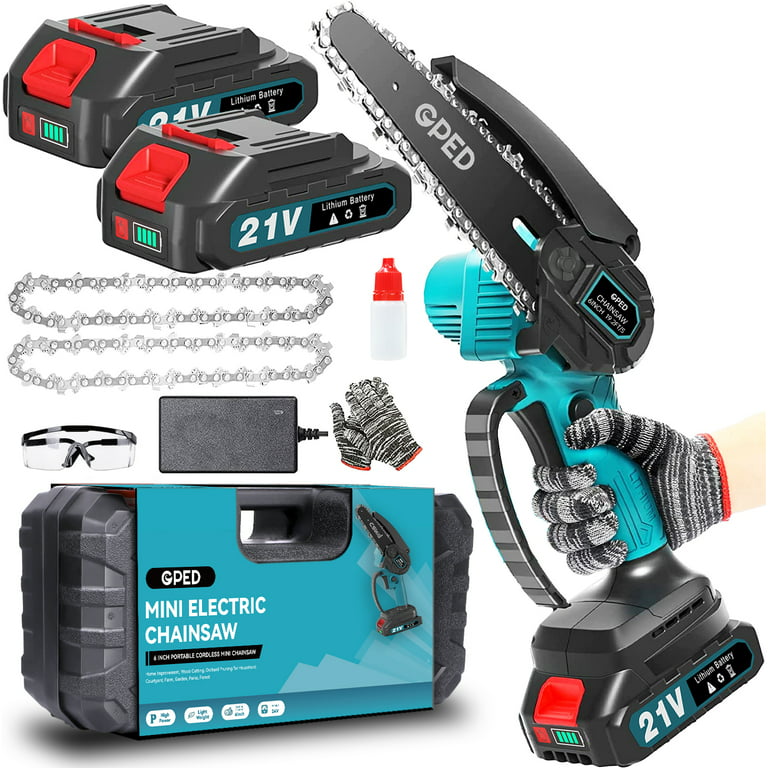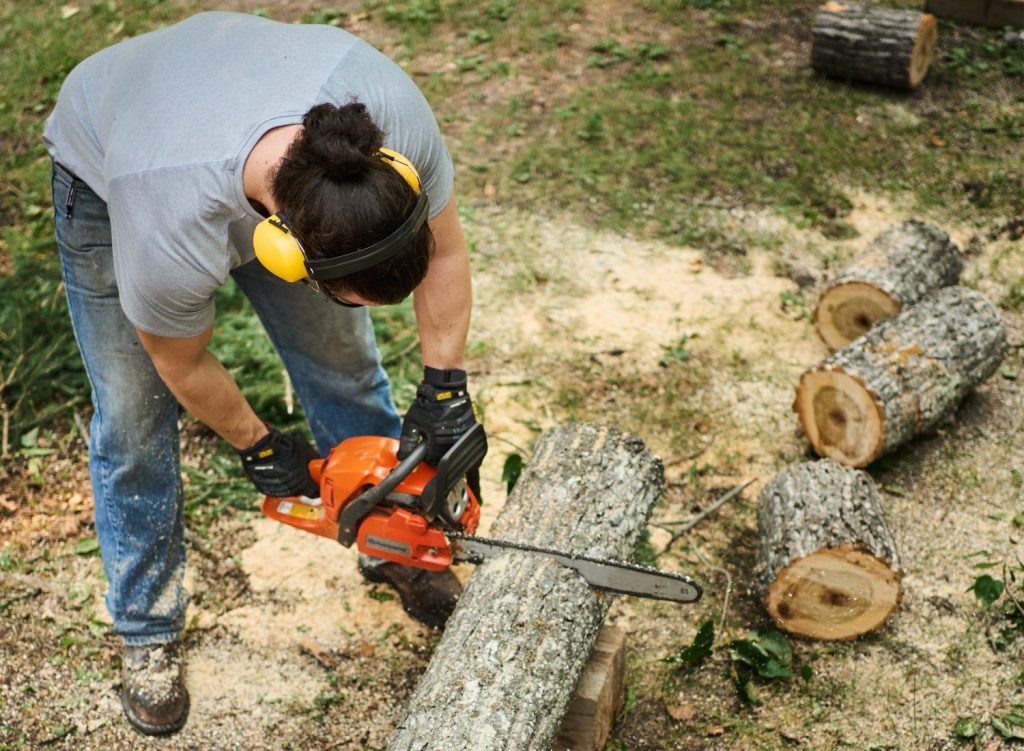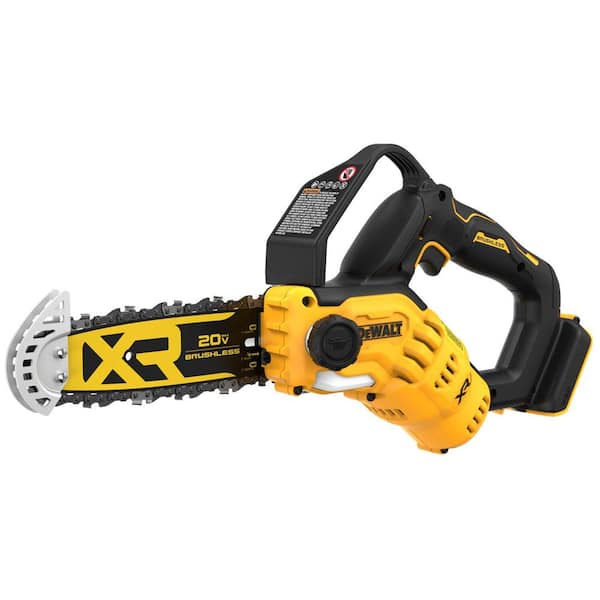Starting to use a chainsaw can be intimidating, but with the right guidance, you can safely and effectively operate this powerful tool. Understanding basic maintenance, proper handling, and safety measures are essential for beginners.
Here are some essential tips and tricks to help you get started with your chainsaw journey. From selecting the right equipment to understanding proper cutting techniques, these insights will provide valuable assistance as you embark on this learning experience. Remember that safety should always be your top priority when using a chainsaw, so take the time to practice and build your confidence before tackling more significant tasks.
As you gain more experience, you’ll become more proficient in using a chainsaw safely and effectively.

Credit: www.walmart.com
Introduction To Chainsaw Tips For Beginners
Learning proper chainsaw techniques is crucial for beginners to avoid common mistakes. Understanding the basics of chainsaw operations and safety measures is essential before using a chainsaw. It’s important to be aware of potential hazards and know how to handle kickbacks. Additionally, choosing the right chainsaw and learning how to maintain it will contribute to a safe and successful chainsaw experience.

Credit: www.woodsmith.com
Choosing The Right Chainsaw
When choosing a chainsaw, it’s important to consider factors such as the type of chainsaw and the recommended options for beginners. There are different types of chainsaws available, each with its own features and capabilities. For beginners, it’s recommended to start with a lightweight and easy-to-use chainsaw that is suitable for basic tasks. Electric chainsaws are a popular choice for beginners due to their ease of use and maintenance. Cordless chainsaws are also a good option as they provide mobility without the hassle of cords. Gas-powered chainsaws offer more power and versatility but may require more experience to handle effectively.
Mastering Chainsaw Safety
Investing in protective gear is crucial when it comes to mastering chainsaw safety. Proper handling and grip techniques are essential to keep yourself and others safe. Before starting the chainsaw, it’s important to take safety precautions such as checking the chain tension, inspecting the chain brake, and ensuring the chain is properly lubricated. Preventing kickback accidents is another crucial aspect of chainsaw safety. Always make sure to avoid cutting roots or anything embedded in the dirt to prevent dulling and damaging the chainsaw. Additionally, it’s important to never cut power lines or move the chainsaw back and forth, as it can be unsafe and cause damage to the machine. By following these tips, beginners can safely master chainsaw usage.

Credit: www.homedepot.com
Basic Chainsaw Maintenance
|
Understanding the anatomy of a chainsaw is essential for beginners. Regularly checking and changing the oil and gas will ensure smooth operation. Proper cleaning and sharpening of the chain is crucial for safety and efficiency. If the chain is worn, replace it promptly. Lastly, storing the chainsaw correctly in a dry, secure place will prolong its lifespan. |
Essential Techniques For Chainsaw Beginners
|
Essential Techniques for Chainsaw Beginners:
|
Frequently Asked Questions Of Chainsaw Tips For Beginners
How Do You Use A Chainsaw For Beginners?
To use a chainsaw for beginners, hold it firmly with both hands, ensuring the tip doesn’t touch any objects. Be cautious when cutting twigs and re-entering a cut. Always use the smallest saw possible for better control and less fatigue.
Consider safety measures like wearing PPE and learning about kickback. Proper maintenance, storage, and sharpening are crucial. Avoid cutting roots, embedded objects, and power lines. Seek professional help for sharpening or replacing the chainsaw if needed.
How Do You Stop A Kickback On A Chainsaw?
To stop a chainsaw kickback, keep a firm grip and maintain control over the saw. Use proper cutting techniques and maintain a sharp chain. Install a chain brake for safety. Avoid cutting in a way that could cause the chain to catch or bind.
Regularly inspect and maintain your equipment.
What Not To Cut With A Chainsaw?
Avoid cutting roots or anything embedded in the dirt to prevent chain dullness. Additionally, do not cut power lines to avoid dangerous hazards.
Do You Move A Chainsaw Back And Forth?
Yes, when using a chainsaw, it is not necessary to move the machine back and forth. It is important to hold the chainsaw against the piece being cut for safety reasons. Moving the machine in a sawing motion can be detrimental if the chain gets pinched.
Conclusion
Remember to wear proper safety gear at all times, such as goggles, gloves, and chainsaw chaps. Keep the chainsaw well-maintained and clean to ensure optimal performance. Practice proper cutting techniques, including using the correct stance and hand placement. Always prioritize safety and be aware of your surroundings while operating a chainsaw.
With these tips in mind, beginners can safely and effectively use a chainsaw for various tasks. Happy chainsawing!

